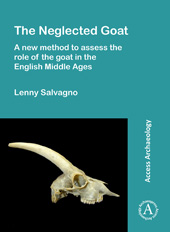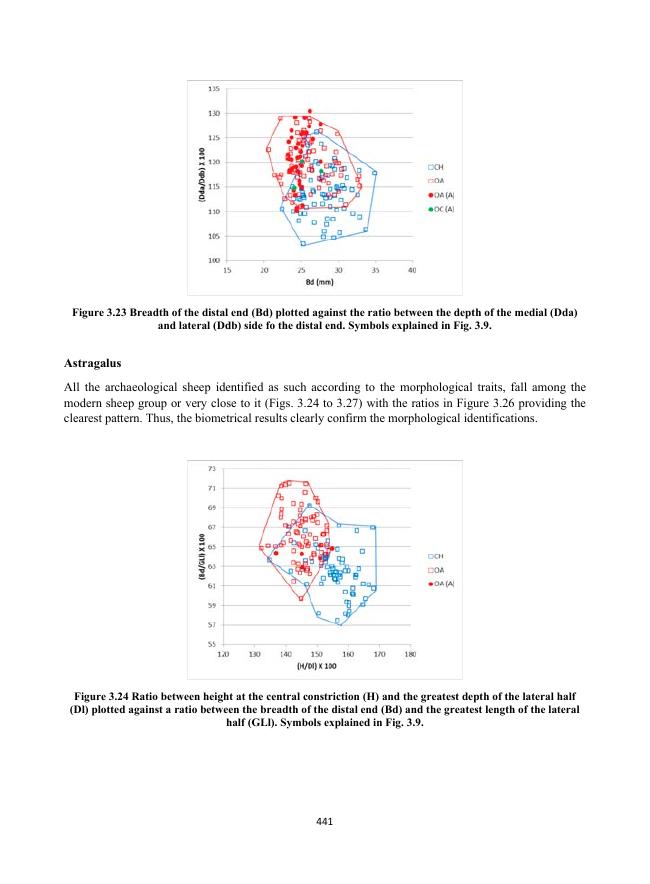2020 - Archaeopress Publishing
E-book
Digital Version
Télécharger | Copier/coller | Impression
The Neglected Goat : A New Method to Assess the Role of the Goat in the English Middle Ages
888 p.
- Distinguishing between the bones of sheep and goats is a notorious challenge in zooarchaeology. Several methods have been proposed to facilitate this task, largely based on macro-morphological traits. This approach, which is routinely adopted by zooarchaeologists, although still valuable, has also been shown to have limitations: morphological discriminant traits can differ in different sheep/ goat populations and a correct identification is highly dependent upon experience, as well as the availability of appropriate reference collections and the degree to which a researcher is prepared to 'risk' an identification. The Neglected Goat provides a new, more objective and transparent methodology, based on a combination of morphological and biometrical analyses, to distinguish between sheep and goat post cranial bones. Additionally, on the basis of the newly proposed approach, it reassesses the role of the goat in medieval England. There are several historical and archaeological questions concerning the role of thi
- s animal that have so far remained unanswered: why is the goat commonly recorded in the Domesday Book, when it appears to be so scarce in the contemporary archaeological record? Is the goat under-represented in the archaeological record or over-represented in the Domesday Book? Why is this animal, when identified in English medieval animal bone assemblages, almost exclusively represented by horncores? Through the investigation of a number of English sheep and goat medieval assemblages, this study sheds light on these questions, and suggests that the goat was indeed rarer than the Domesday Book suggests. [Publisher's text].
- Special access authorizations may apply; please contact us for further information.
-
Informations
ISBN: 9781789696301
DISCIPLINES



